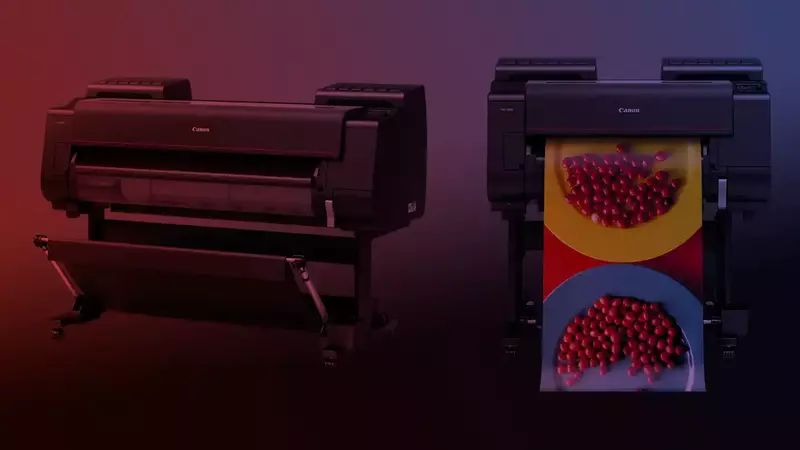Wide format printers are essential for wide format printer graphics, such as banners, posters, and signage. They are commonly used in businesses, advertising agencies, and print shops. However, like all machines, wide format printers require regular maintenance and care to ensure optimal performance and longevity. In this article, we will discuss how to maintain and care for your wide format printer to help you get the most out of your investment.
Regular Cleaning
One of the most important aspects of maintaining a wide format printer is regular cleaning. Dust, debris, and ink residue can accumulate on the printer’s components, causing clogs, smudges, and other printing issues. To prevent this, it is recommended to clean your printer on a regular basis.
To clean your canon wide format printers start by turning off the power and unplugging the machine. Use a soft, lint-free cloth or a special printer cleaning kit to wipe down the exterior and interior of the printer. Pay special attention to the print head, rollers, and ink cartridges. Be gentle when cleaning, and avoid using abrasive or harsh cleaning products that can damage the printer.
Ink Maintenance
Proper ink maintenance is essential for ensuring high-quality prints and avoiding costly repairs. Here are some tips for maintaining your wide format printer’s ink system:
Use high-quality ink cartridges
Low-quality ink cartridges can cause clogs and damage to the printer’s components. It is recommended to use high-quality, OEM ink cartridges that are specifically designed for your printer.
Monitor ink levels
Keep an eye on your printer’s ink levels and replace cartridges when they are running low. Running out of ink can cause the print head to dry out and lead to clogs and other printing issues.
See also How to Prepare Your Car For Car Wrapping Aberdeen
Use the printer regularly
Regular use helps to keep the ink flowing and prevent the print head from drying out. If you go long periods without using your printer, consider running a nozzle check or test print to ensure that the ink is flowing properly.
Calibration
Calibrating your wide format printer is an important step in maintaining high-quality prints. Calibration involves adjusting the printer’s settings to ensure accurate color reproduction and print alignment. Here are some tips for calibrating your printer:
Use a color calibration tool
Color calibration tools, such as colorimeters or spectrophotometers, are designed to measure and adjust color accuracy. These tools can help ensure that your printer is producing accurate and consistent colors.

Print test patterns
Test patterns can help you identify and correct issues with print alignment and color accuracy. Your printer’s user manual should provide instructions on how to print and interpret test patterns.
Follow the manufacturer’s recommendations
Every printer is different, and manufacturers may have specific recommendations for calibrating their machines. Be sure to consult your printer’s user manual for instructions and best practices.
Paper Handling
Proper paper handling is essential for avoiding paper jams, misfeeds, and other printing issues. Here are some tips for handling paper in your wide format printer:
Use the correct paper type
Be sure to use the correct type of paper for your printer, as recommended by the manufacturer. Using the wrong paper type can cause printing issues and damage the printer’s components.
Store paper properly
Keep your paper in a cool, dry place to prevent moisture and humidity from affecting its quality. Avoid storing paper in direct sunlight or near heat sources.
See also All That You Want to Be Aware of Instagram Hashtags
Load paper correctly
Follow the manufacturer’s instructions for loading paper into your business. Be sure to adjust the paper guides to the correct width and align the paper properly.
Regular Maintenance
Regular maintenance is essential for preventing breakdowns and extending the life of your wide format printer. Here are some maintenance tasks that should be performed on a regular basis:
Replace worn parts
Over time, certain components of the printer’s settings to ensure accurate color reproduction and print alignment.